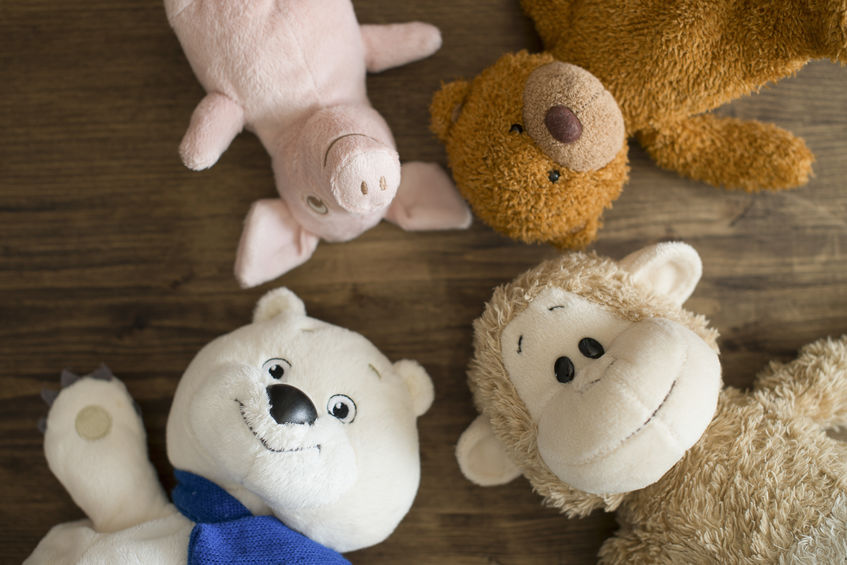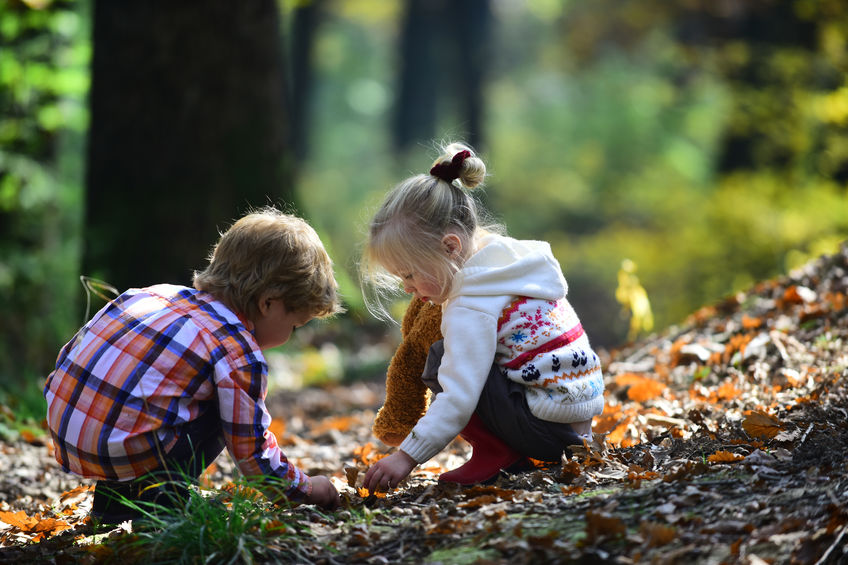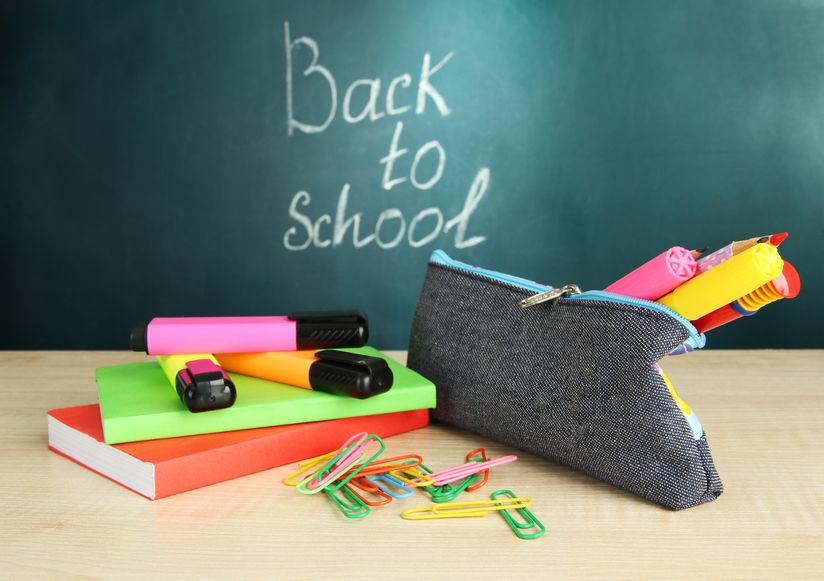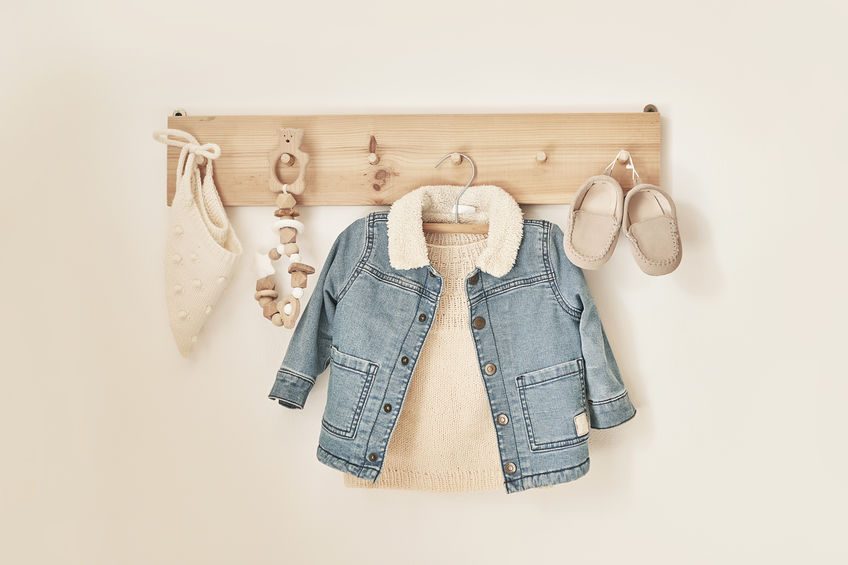
As the snowflakes begin to gently blanket the world in white, and the twinkling lights of December bring warmth to the chilly nights, families around the globe are gearing up for the most magical time of the year: Christmas. Amidst the decorating, gift-giving, and merry-making, incorporating stuffed animals into your family’s Christmas traditions can add an extra layer of wonder and joy, especially for the little ones.
A Story Each Night by the Christmas Tree
One enchanting way to build up to the big day is through storytelling. Make it a nightly ritual to gather around the Christmas tree with your children and their favorite stuffed animals. You can read a classic Christmas story or, better yet, take turns creating your own festive tales. The plush companions become characters in these stories, igniting imagination and creating a cozy, family bonding experience.
Stuffed Animal Christmas Morning Surprise
Add a dash of surprise to Christmas morning by presenting your kids with a new stuffed animal friend, waiting for them under the tree. This can become a cherished annual tradition, where each year, a new plush buddy joins the family, bringing with it a story or a special theme that reflects the past year or the year ahead.
Dress-Up Festivities
Get creative and festive by involving the children in a stuffed animal dress-up session. Using old fabric scraps, ribbons, and mini Santa hats, you can turn this into a fun crafting activity. Not only does it spark creativity, but these dressed-up stuffed animals also add a personal touch to your home décor.
The Great Stuffed Animal Holiday Hunt
Organize a holiday scavenger hunt where kids and their stuffed animals team up to find hidden Christmas-themed items around the house. This engaging activity is not just entertaining but also a wonderful way to get the entire family moving and laughing together.
Incorporating stuffed animals into your Christmas traditions is a simple yet effective way to enhance the magic of the season. At The Zoo Factory, we understand the joy and comfort that a stuffed animal can bring into a child’s life, especially during the holiday season. Explore our wide selection of stuffable animals and find the perfect plush companion to introduce into your family’s Christmas tradition this year.








